Sharks have fascinated and terrified us for centuries, swimming their way into our collective imaginations with an air of mystery and menace. While Hollywood and media have done a spectacular job of portraying sharks as the ultimate ocean villains, the truth is far more nuanced. Let’s dive into 15 myths and facts about these incredible creatures that keep us on the edge of our seats—and sometimes, out of the water.
1. The Jaws Effect: Are Sharks Really Man-Eaters?

When Steven Spielberg’s “Jaws” hit the big screen in 1975, it instigated a worldwide fear of shark attacks that still lingers today. The iconic film depicted a monstrous great white shark terrorizing a small beach town, cementing sharks as creatures to be feared in the public’s mind. But here’s the truth: sharks aren’t patrolling beaches looking for human prey. In fact, you have a higher chance of being struck by lightning than being attacked by a shark. According to the Florida Museum’s International Shark Attack File, in 2023, there were only 69 unprovoked shark bites worldwide, with 10 resulting in fatalities.
While sharks are undoubtedly apex predators, they aren’t actively seeking humans for dinner. In reality, these oceanic giants play a crucial role in maintaining the balance of marine ecosystems. By controlling the population of their prey, sharks help keep the ocean’s food chain in check. So the next time you wade into the ocean, remember: it’s more likely that you’re swimming near a curious but harmless apex predator, not an imminent threat.
2. Shark Attack Statistics: The Numbers Game
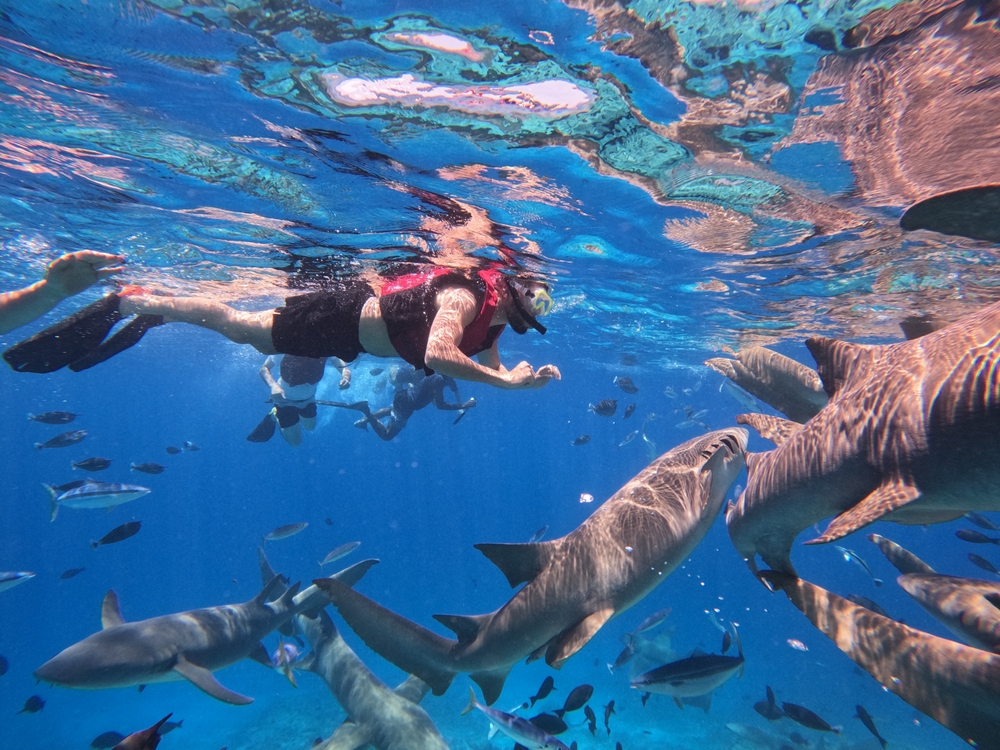
Thanks to sensationalized news reports, many people believe shark attacks are far more common than they really are. The truth lies in the numbers: global shark attack statistics show that such incidents are rare, with an average of fewer than 100 unprovoked attacks annually. To put that into perspective, millions of people swim in the oceans every year. Moreover, only a fraction of these encounters prove fatal, which is far fewer than fatal accidents involving bicycles or even falling coconuts. A study published in the Journal of the Royal Society Interface found that great white sharks cannot easily distinguish between humans and their typical prey, such as seals, leading to cases of mistaken identity.
The fear of shark attacks, while understandable, is somewhat misplaced when you consider the odds. Many factors contribute to these rare occurrences, such as time of day, water activity, and the presence of baitfish. Sharks are more likely to approach humans out of curiosity than aggression. By understanding these numbers, we can better appreciate the rarity of shark attacks and perhaps shift our focus from fear to conservation efforts for these misunderstood creatures.
3. Do Sharks Really Smell Blood from Miles Away?
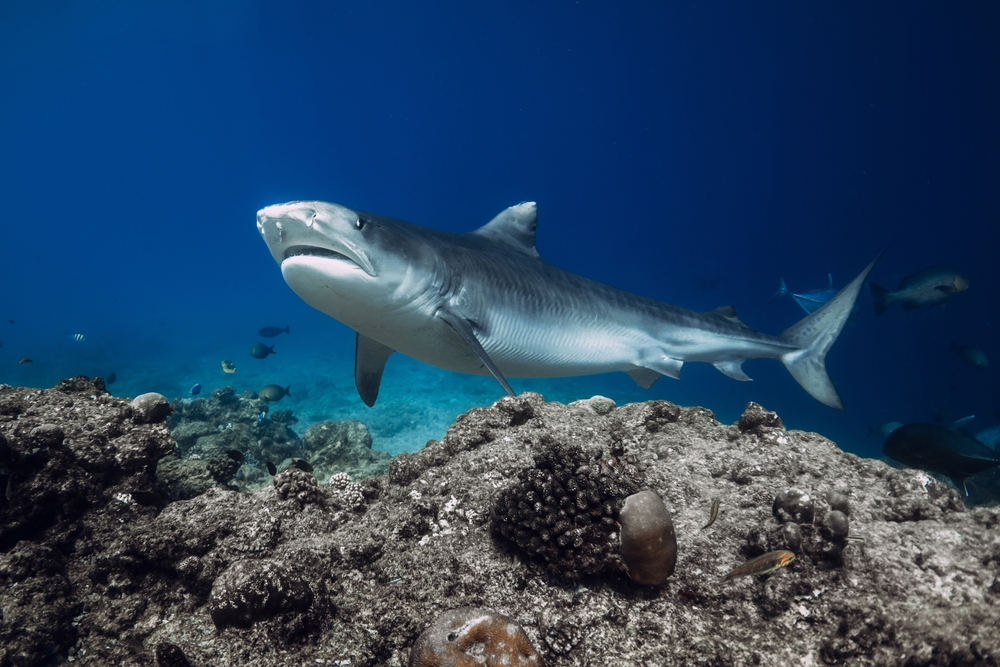
One of the most pervasive myths is that sharks can detect a single drop of blood in an Olympic-sized pool from miles away. While sharks do have an incredible sense of smell, the reality is slightly less dramatic. Sharks can indeed detect blood in the water, but the extent is often exaggerated. Depending on the species and the conditions, they can detect specific chemicals in the water at concentrations as low as one part per million.
This remarkable ability helps sharks locate prey but doesn’t mean they’re attracted to every drop of blood in the ocean. Factors like water currents and the presence of other scents can influence a shark’s ability to locate the source. This myth often fuels unnecessary panic, but the truth is, sharks are more likely to be attracted by the sounds and vibrations of struggling fish than by a small amount of blood in the water.
4. Are Sharks Mindless Killing Machines?
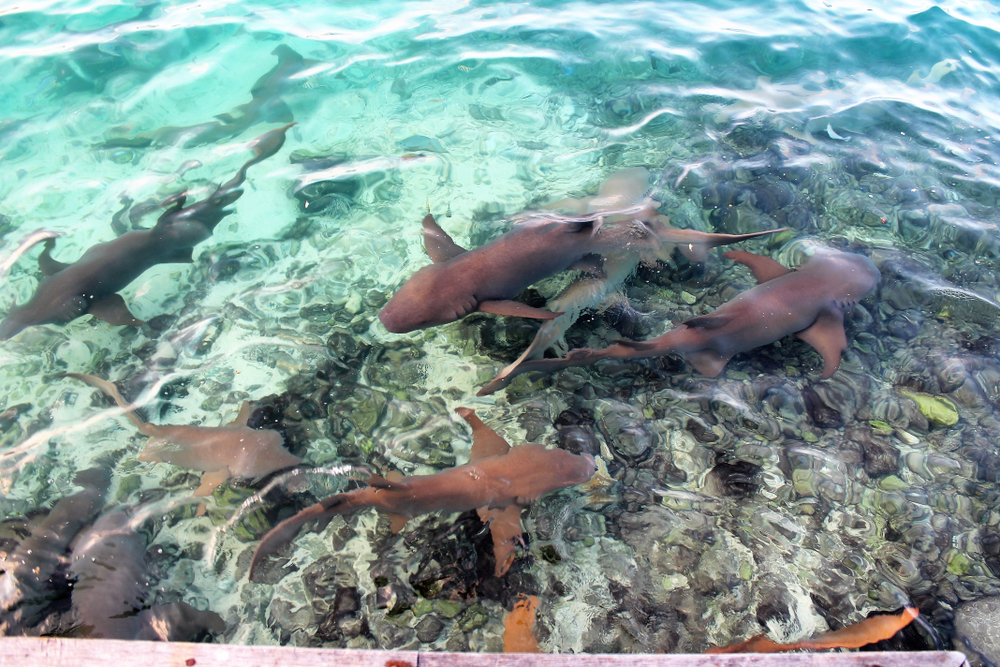
Picture a shark in your mind, and you might imagine a relentless predator driven purely by instinct to hunt and kill. This image, however, couldn’t be further from the truth. Sharks are not mindless creatures; they are sophisticated animals with complex behaviors. For example, many species of sharks engage in intricate social behaviors and even exhibit problem-solving skills. They use their keen senses to evaluate potential prey, making calculated decisions rather than attacking everything that moves.
The narrative of sharks as indiscriminate killers diminishes the complexity of their behavior and contributions to the marine ecosystem. Instead of being mindless killers, sharks are selective feeders, often avoiding humans unless provoked or confused. By understanding and appreciating the intelligence of sharks, we can foster a more balanced view of these remarkable animals and address the unfounded fears that drive negative perceptions.
5. How Dangerous Are Great White Sharks?
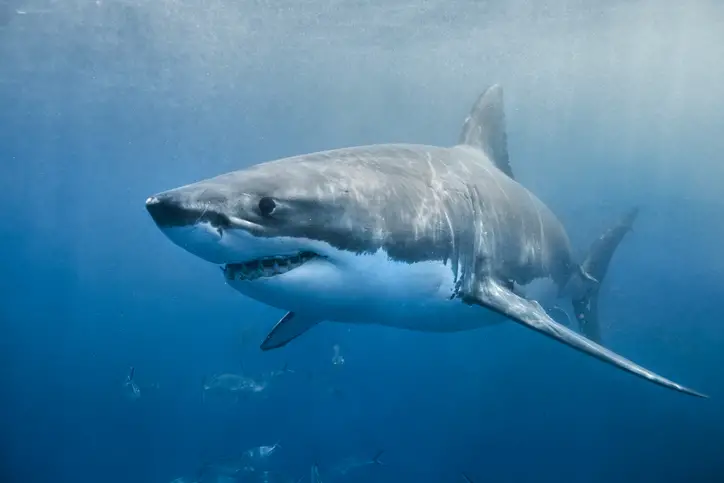
The great white shark is often cast as the villain in stories about dangerous sea creatures, but are they the real culprits? While they are indeed powerful predators, great whites are often the victims of their own reputation. These sharks are curious by nature and may investigate unfamiliar objects, including humans. However, such investigations rarely result in deadly outcomes.
Despite their size and strength, great white sharks are not the most dangerous species when it comes to human interactions. In many cases, after an initial exploratory bite, great whites swim away, having realized that humans are not their preferred food source. Most of the fear surrounding great whites stems from their imposing appearance and the rare but highly publicized incidents of attacks. Understanding their natural behavior helps to demystify these enigmatic giants and dispel some of the fear surrounding them.
6. Do All Sharks Have to Keep Swimming to Breathe?
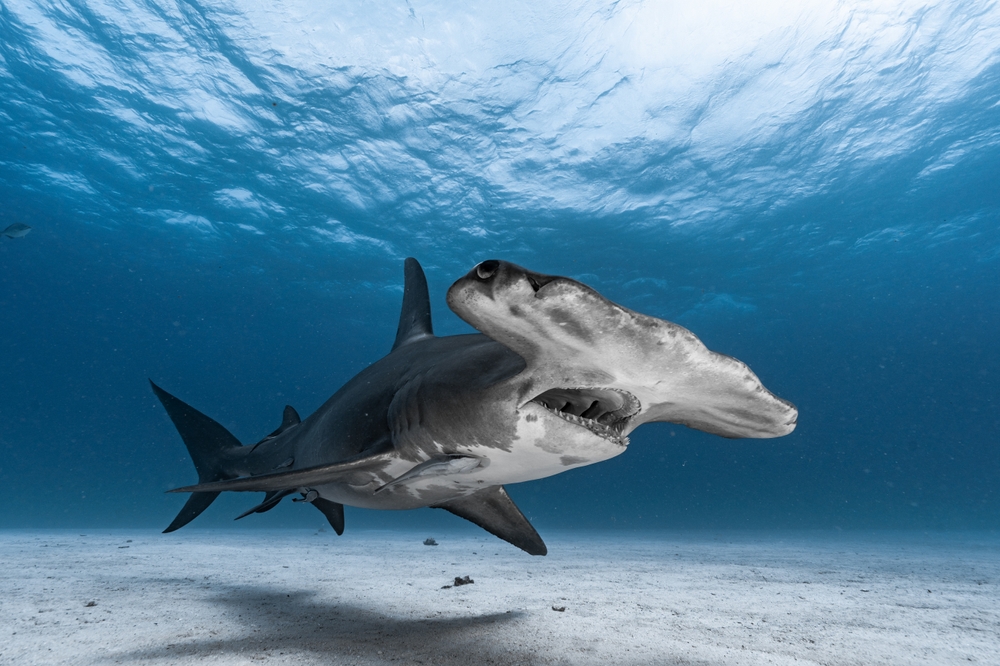
The idea that sharks must swim constantly to stay alive is a common misconception. While it’s true for some species, not all sharks are obliged to keep moving to breathe. This belief mainly applies to species like the great white and hammerhead sharks that rely on “ram ventilation” to push water over their gills. However, many other sharks can breathe while stationary by a method called “buccal pumping,” where they actively draw water into their mouths and over their gills.
Species like nurse sharks and carpet sharks can rest on the ocean floor without suffocating. These stationary species often use their pectoral fins to support themselves as they breathe. Knowing that not all sharks follow the same physiological rules reveals the diversity and adaptability within the shark family. It also highlights that sharks are more varied and complex than the rigid stereotypes often portrayed in media.
7. Are Tiger Sharks More Dangerous Than Other Sharks?

Tiger sharks have earned a reputation for being among the most dangerous sharks to humans. Known for their distinctive stripes and indiscriminate diet, they are often called the “garbage cans of the sea.” But does this mean they pose a higher threat than other sharks? While they are responsible for a notable number of attacks, their behavior is not purely aggressive.
Tiger sharks tend to inhabit warm, shallow waters where humans are more likely to swim, increasing the chances of encounters. Their curiosity and willingness to eat a variety of items can lead to more interactions with humans, but this doesn’t inherently make them more dangerous. Like other shark species, they play a vital role in marine ecosystems, and understanding their behaviors can help mitigate unnecessary fears. Instead of viewing them as mindless predators, we should respect their place in the ocean’s hierarchy and continue learning about their habits.
8. Is Shark Fin Soup a Major Threat to Shark Populations?
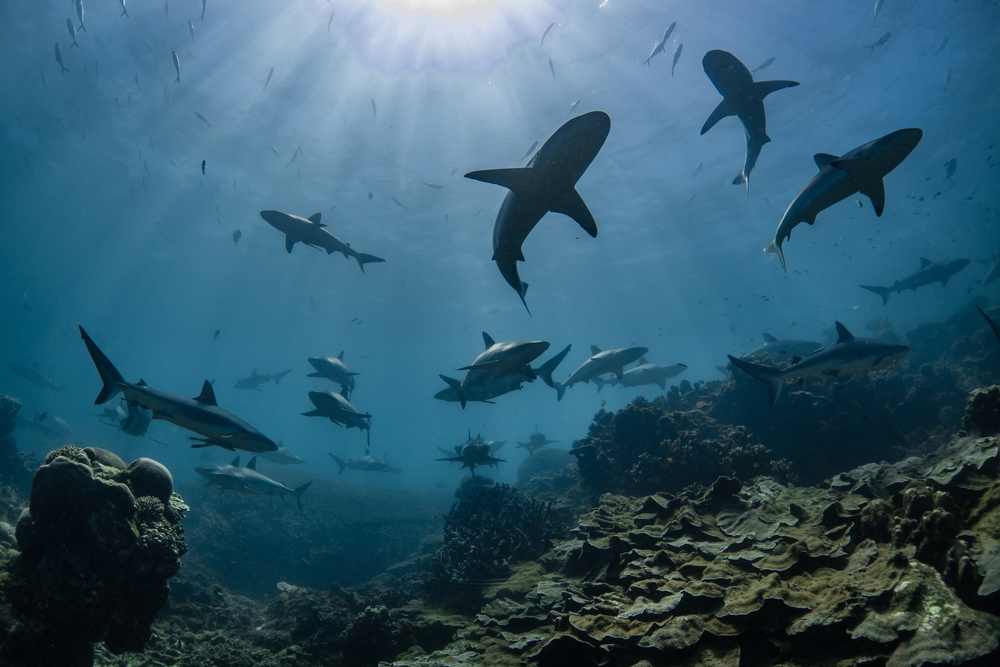
You’ve probably heard about shark fin soup and its impact on shark populations, but what’s the real story behind this controversial dish? Shark fin soup is a delicacy in some cultures, particularly in East Asia, and its demand has contributed significantly to the decline in shark populations worldwide. The brutal practice of finning—cutting off a shark’s fins and discarding the body—has led to the annual slaughter of millions of sharks.
The ecological consequences are dire, as sharks are essential for maintaining the health of marine ecosystems. Without them, the balance of the food chain is disrupted, leading to overpopulation of certain species and the decline of others. Efforts to ban and regulate shark finning are ongoing, but the practice remains a significant threat. Educating others about the importance of sharks and supporting conservation initiatives can help curb the demand for shark fins and protect these incredible creatures for future generations.
9. Are Bull Sharks the Most Aggressive Sharks?
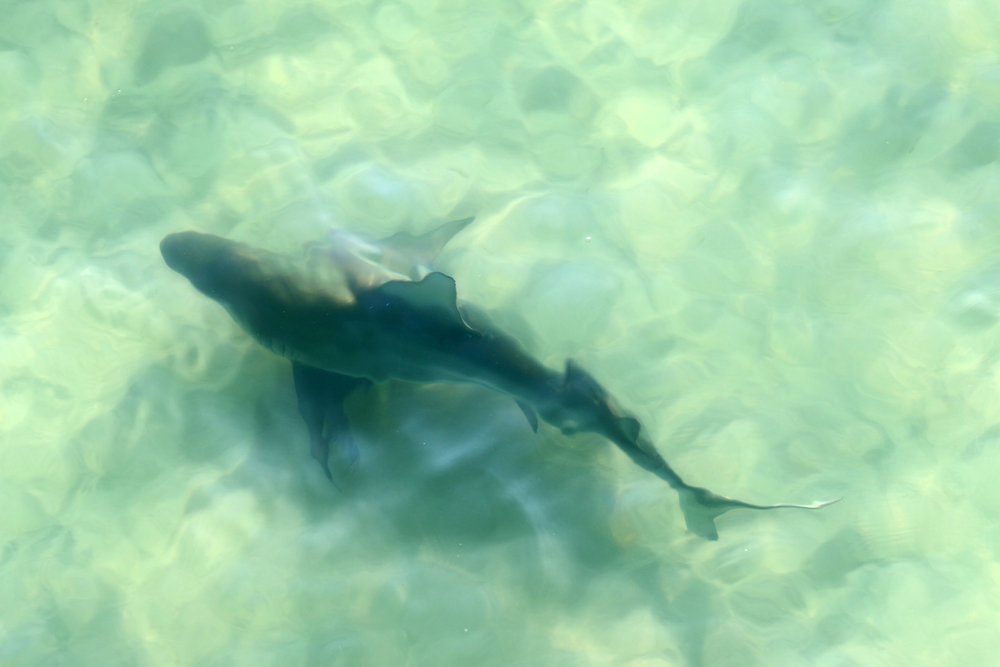
Bull sharks have a reputation for being aggressive, and you might wonder if this makes them particularly dangerous. Their aggressive tag often comes from their ability to thrive in both saltwater and freshwater environments, increasing their range and potential human interactions. While bull sharks do exhibit territorial behaviors, calling them the most aggressive could be an oversimplification. Bull sharks are often found in turbid waters where visibility is low, which can lead to accidental interactions with humans.
Despite their aggressive reputation, bull sharks are not out to get humans. They are opportunistic feeders and generally do not see humans as prey. Understanding their behavior and the environmental factors that lead to human-shark interactions can help prevent potential conflicts. Bull sharks, like other shark species, need our respect and protection to maintain their role as apex predators in both marine and freshwater systems.
10. Are Sharks Really the Perfect Predators?
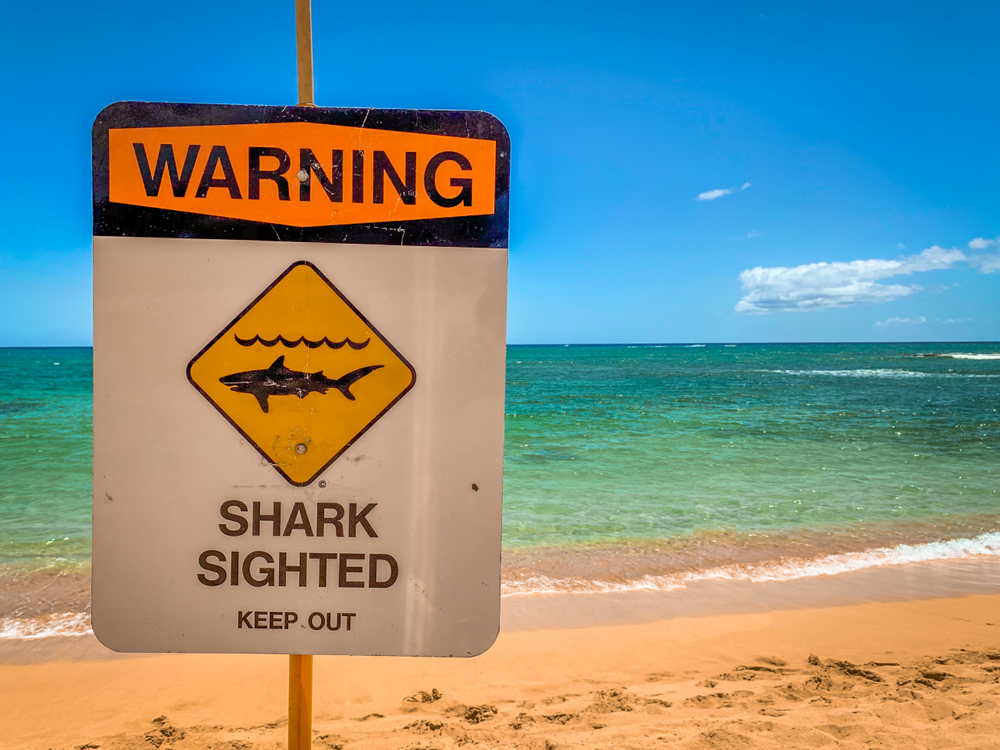
Sharks have been dubbed “perfect predators,” but is this title really accurate? With their highly developed senses, streamlined bodies, and impressive speed, sharks are indeed formidable hunters. However, the term “perfect” might be misleading as it implies infallibility. While sharks are highly efficient predators, they face their own challenges and threats in the wild, including disease, injury, and human activities.
The concept of perfection should be viewed in the context of evolution. Sharks have existed for over 400 million years, adapting to various environmental changes. Their survival is a testament to their adaptability and resilience rather than sheer perfection. Recognizing their evolutionary prowess helps us appreciate sharks for the remarkable species they are, rather than idealizing them as flawless beings.
11. Are Shark Conservation Efforts Making a Difference?
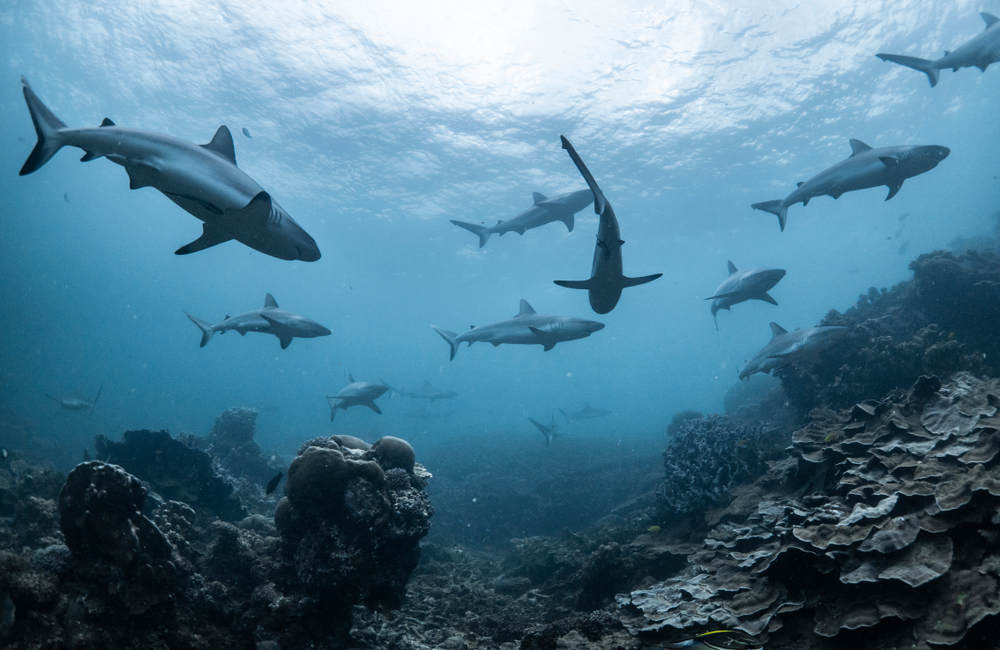
With all the negative attention sharks receive, it’s easy to overlook the positive strides in shark conservation. Conservation efforts around the globe are making significant differences, despite the challenges posed by overfishing and habitat loss. Many countries have implemented shark sanctuaries, fishing bans, and protective legislation to safeguard these vital predators. And it’s not just governments getting involved; NGOs, scientists, and local communities are also playing crucial roles.
Public awareness campaigns aim to shift perceptions and educate people about the ecological importance of sharks. While there’s still a long way to go, these efforts are beginning to show results, with some shark populations stabilizing and even increasing. Supporting these initiatives, either through advocacy, education, or donations, can help ensure the continued survival of these remarkable creatures. Together, we can change the narrative and protect sharks for generations to come.
12. Are All Sharks Dangerous to Humans?
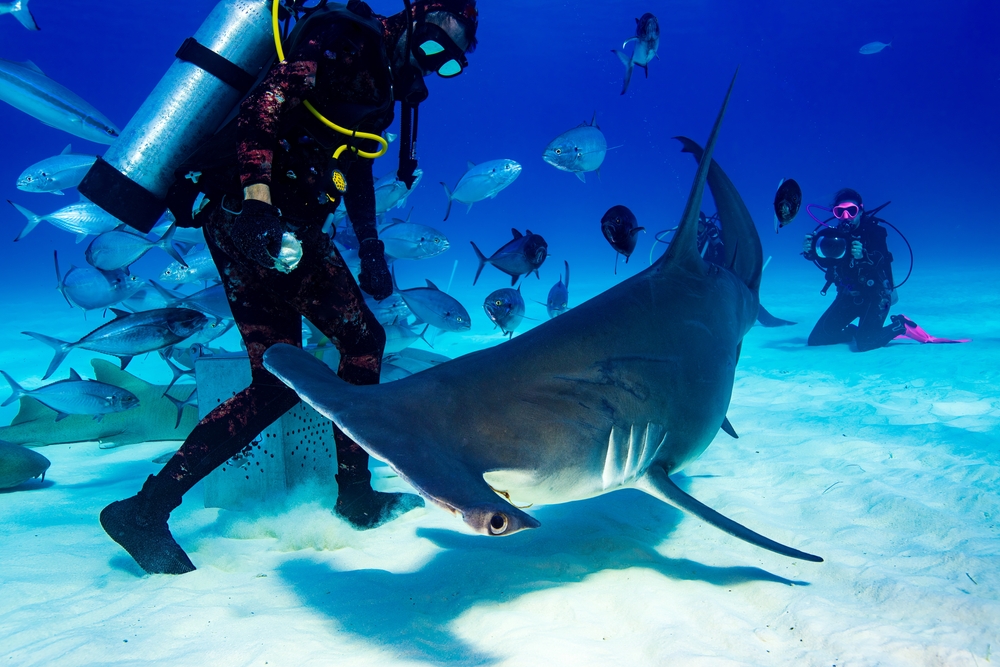
When people think of sharks, many envision rows of sharp teeth and visions of danger. However, of the over 500 shark species, only a handful are considered potentially dangerous to humans. Most sharks are either too small or inhabit depths far from where people swim, posing little to no threat. For instance, the gentle whale shark, the largest fish in the sea, feeds primarily on plankton and small fish.
Understanding that not all sharks are threats helps demystify the image of these creatures as universal menaces. Sharks come in diverse shapes and sizes, each adapted to their specific niche in the ecosystem. By broadening our understanding of the wide variety of shark species, we can foster a more nuanced appreciation for their role in the ocean’s biodiversity and diminish the fear that has long accompanied the word “shark.”
